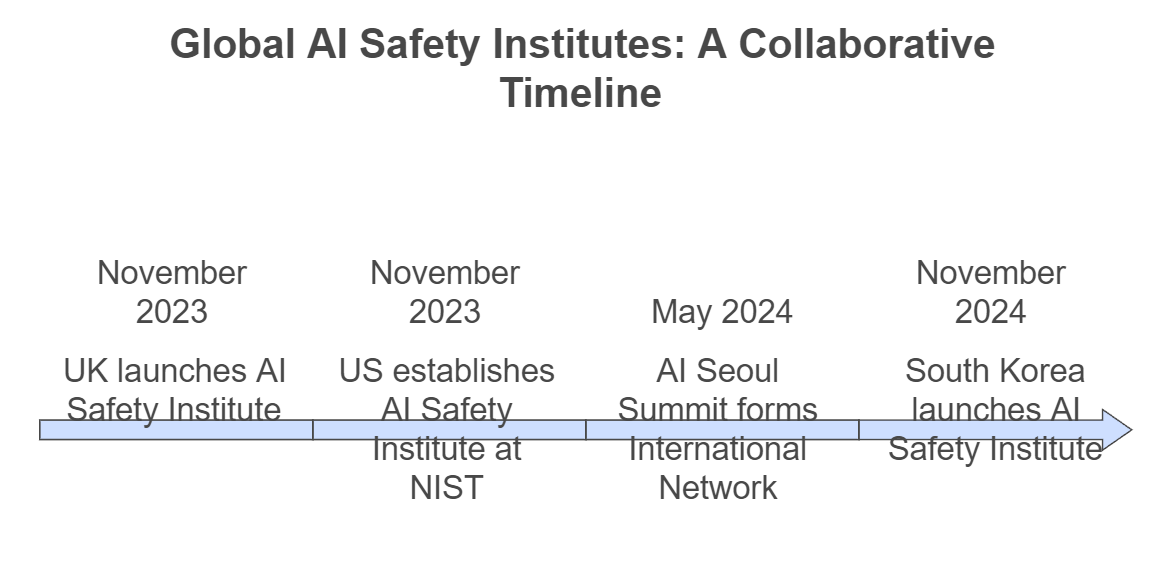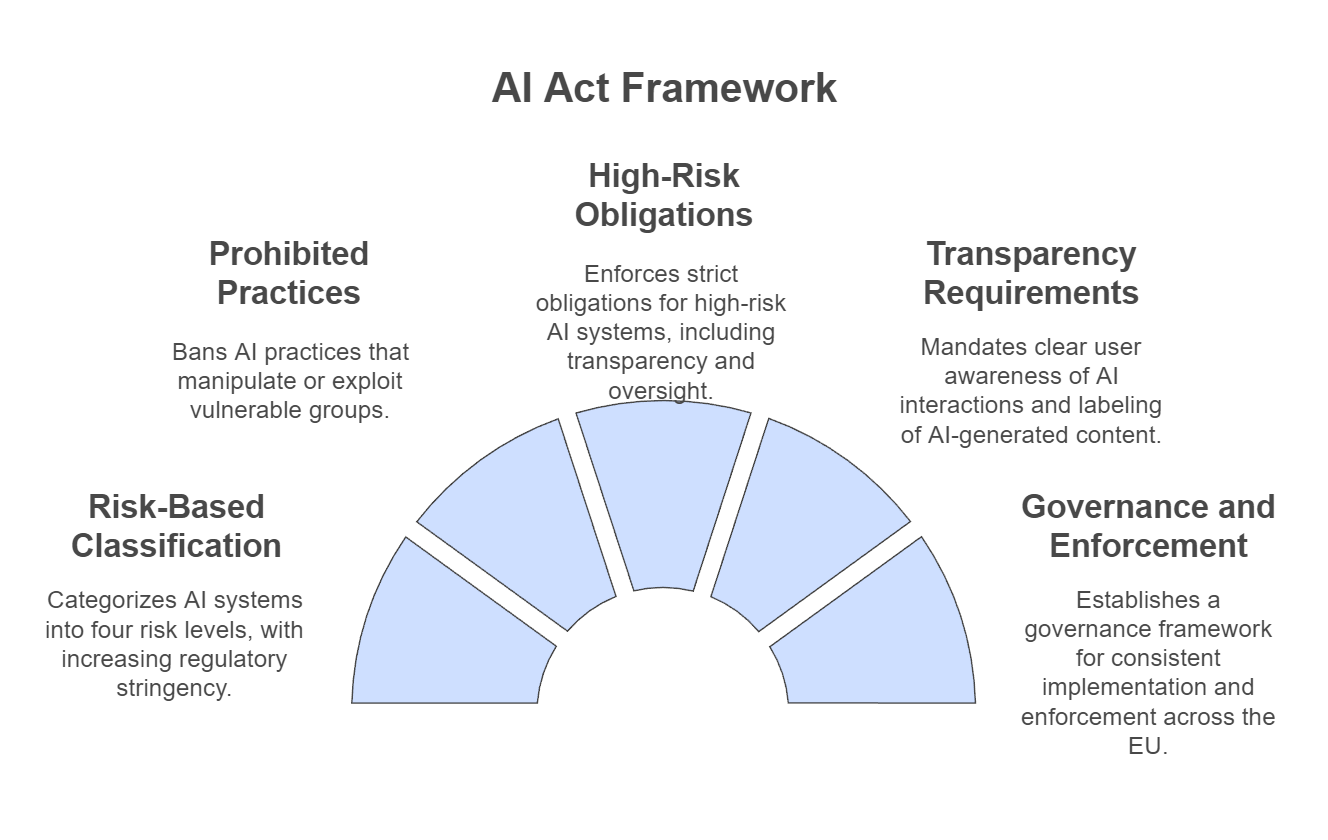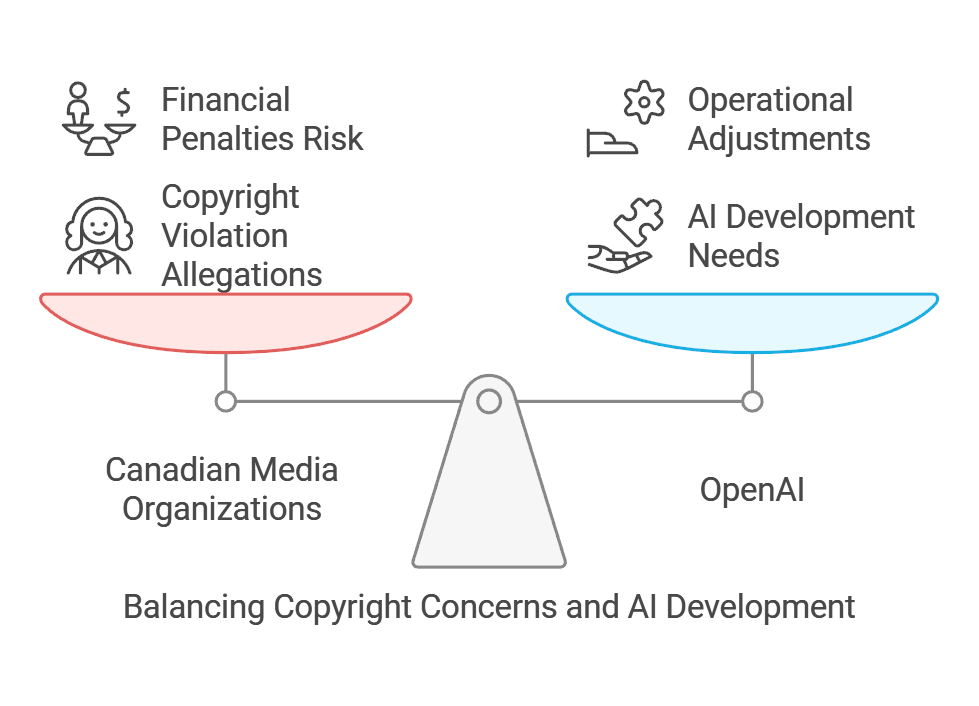
In response to the rapid development of AI technologies, several countries, including Japan, have established AI Safety Institutes. These institutes aim to evaluate and ensure the safety of advanced AI models, fostering international cooperation in AI safety standards.
In recent years, the establishment of AI Safety Institutes (AISIs) has become a pivotal strategy for nations aiming to ensure the safe and ethical development of artificial intelligence technologies. These institutes are dedicated to evaluating and mitigating the risks associated with advanced AI systems, fostering international collaboration, and setting safety standards.
Key Developments:
- United Kingdom:
- In November 2023, the UK launched its AI Safety Institute, evolving from the Frontier AI Taskforce. This institute focuses on independent safety evaluations of AI models, emphasizing that AI companies should not “mark their own homework.” The UK aims to position itself as a leader in global AI safety regulation.
- United States:
- Following the UK’s initiative, the U.S. established its AI Safety Institute within the National Institute of Standards and Technology (NIST) in November 2023. This institute advances the science and practice of AI safety across various risks, including those to national security and individual rights. NIST
- International Collaboration:
- In May 2024, during the AI Seoul Summit, global leaders agreed to form an International Network of AI Safety Institutes. This network includes institutes from the UK, US, Japan, France, Germany, Italy, Singapore, South Korea, Australia, Canada, and the European Union, aiming to strengthen global cooperation for safe AI. GOV.UK
- South Korea:
- In November 2024, South Korea launched its AI Safety Institute (AISI) within the Electronics and Telecommunications Research Institute (ETRI). The AISI serves as a hub for AI safety research, fostering collaboration among industry, academia, and research institutes. It also participates actively in the International Network of AI Safety Institutes. EurekaAlert!
Functions and Objectives:
- Risk Assessment: AISIs systematically evaluate potential risks posed by advanced AI models, including technological limitations, human misuse, and loss of control over AI systems.
- Policy Development: These institutes contribute to the formulation and refinement of AI safety policies, ensuring alignment with international norms and scientific research data.
- International Cooperation: By participating in global networks, AISIs facilitate the sharing of best practices, research findings, and safety standards to promote the responsible development of AI technologies worldwide.
Implications:
- Standardization of Safety Protocols: The establishment of AISIs contributes to the development of standardized safety protocols, ensuring consistent evaluation and mitigation of AI-related risks across different jurisdictions.
- Enhanced Public Trust: By proactively addressing AI safety concerns, these institutes help build public trust in AI technologies, which is crucial for their widespread adoption and integration into society.
- Promotion of Responsible Innovation: AISIs play a critical role in balancing innovation with safety, ensuring that the development of AI technologies does not compromise ethical standards or public welfare.
In summary, the creation of AI Safety Institutes represents a significant global effort to address the challenges and risks associated with the rapid advancement of AI technologies. Through national initiatives and international collaboration, these institutes aim to ensure that AI development proceeds in a manner that is safe, ethical, and beneficial to all.









